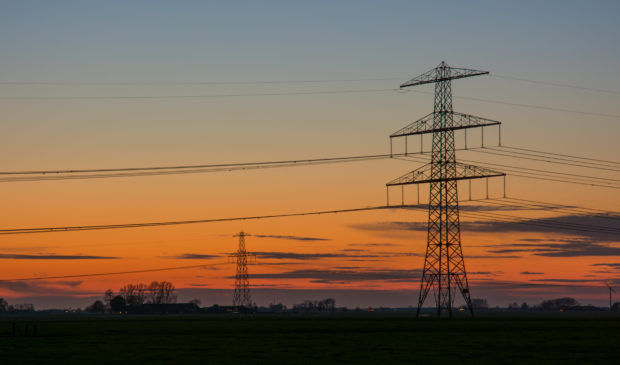Council approves new electricity rates
Tuesday, August 30, 2016 by
Jack Craver City Council voted unanimously Monday to adopt a new set of electricity rates for residents and businesses served by Austin Energy, the city-owned utility.
The vote was the culmination of an eight-month process, starting with a rate proposal submitted by the utility in January, followed by months of back and forth between AE and more than two dozen “intervenors” representing businesses, consumer groups and environmental advocates.
In a statement released after the hearing, Mayor Steve Adler joyously announced that Council had “lower(ed) rates for everyone.”
What Council approved on Monday largely reflected the settlement that 20 of the intervenors agreed to support last week. Of the $42.5 million reduction in rates, the great majority will go to commercial customers, with the residential class getting only a $5 million cut.
The only difference between the settlement and what Council approved was a change in how rates are applied to residential customers, which are split into five tiers based on electricity usage. Customers in all five tiers will now receive at least a small rate reduction, whereas the previous proposal would have resulted in a small increase for tier one – which represents the customers who use the least amount of electricity.
Presented with the previous proposal on Thursday, Council members had echoed concerns voiced by some environmental and consumer advocates who had complained that the utility was sending the wrong message on conservation by raising rates for those who were consuming the least amount of energy.
Council was far more pleased with the alternative AE presented Monday. It included a small rate reduction for tier one, made possible by paring back the rate reduction previously proposed for tier five.
Whereas the previous plan would have raised rates for the average tier one ratepayer by $3.51 per year, the plan approved will lower rates for that user by $4.12. The average tier 5 user would have received a $62.80 rate cut under the settlement, but now will see a reduction of just $9.69 a year.
Only 17 percent of Austin households have an average usage low enough to be in tier one, and that percentage drops substantially during the summer months. Tier five is even smaller – only 4 percent of residents average the energy consumption necessary throughout the year.
Most customers, including the majority of those who qualify for the Customer Assistance Program, are in tiers two and three. Acknowledging that fact, Council had asked AE to prepare a proposal that would keep rates lower for those groups of customers.
As a result, the average tier two customer will see a $33.03 cut, instead of a $34.52 cut, and the typical tier three customer will get a $69.30 reduction, instead of a $76.56 reduction.
Mark Dreyfus, AE’s vice president of regulatory affairs and corporate communications, told Council that the rates it adopted will deliver universal savings, but with a consequence: The utility does not have as high a level of assurance that it will be able to recover the necessary revenue.
“If weather is as expected, the utility will fully recover the expected revenues,” Dreyfus said. “If weather is cooler than normal weather, there will be more volatility in the upper (tiers).”
He added that it is inevitable that the utility will have to tinker with the residential rates again in the future and said that the rates preferred by Council might “bring the date when we need to consider that closer forward.”
The rates will not be revised again, however, until the next rate review process kicks off in five years, clarified an AE spokesman.
Council Member Leslie Pool applauded the final proposal, noting that she would have preferred an even bigger cut for tier one customers, who she said are the “people who are doing the most to save on energy.” She added that delivering cuts to tier one is the most equitable solution, since “everybody is in tier one at some point” during the month.
Council Member Don Zimmerman expressed concern that the new proposal was “moving away” from basing rates on the cost of service and toward an “economic equity argument,” but that concern alone was not enough to persuade him to oppose the final proposal.
Council Member Ellen Troxclair suggested that Council was moving too quickly to adopt a proposal it was seeing for the first time, but she similarly voted in favor at the end.
Council Member Sheri Gallo, chair of the Austin Energy Utility Oversight Committee, read a statement from the dais applauding AE staff and “the very, very, very diverse groups of stakeholders” involved in the rate review, calling it a “historic day for Austin.”
The Austin Monitor’s work is made possible by donations from the community. Though our reporting covers donors from time to time, we are careful to keep business and editorial efforts separate while maintaining transparency. A complete list of donors is available here, and our code of ethics is explained here.
You're a community leader
And we’re honored you look to us for serious, in-depth news. You know a strong community needs local and dedicated watchdog reporting. We’re here for you and that won’t change. Now will you take the powerful next step and support our nonprofit news organization?




